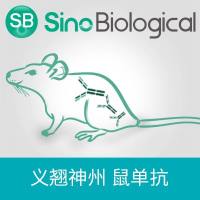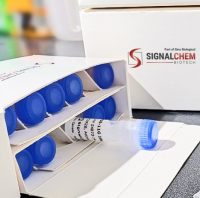G Protein - and -Subunits as Possible Mediators of Dopamine-D1:D2 Receptor Ligand Binding Interactions
互联网
互联网
相关产品推荐

Coronavirus spike重组蛋白|Recombinant SARS-CoV-2 Spike S1(D614G)-His Recombinant Protein,HPLC-verified
¥4500

Mannan Binding Lectin/MBL2 兔多克隆抗体
¥1699

SAP/SH2D1A 鼠单克隆抗体(HRP)
¥800

Protein Kinase D2/PRKD2重组蛋白|PKD2 (PRKD2), Active
¥3480

TAF12/TAF12蛋白Recombinant Human Transcription initiation factor TFIID subunit 12 (TAF12)重组蛋白Transcription initiation factor TFIID 20/15KDA subunits ;TAFII-20/TAFII-15 ;TAFII20/TAFII15蛋白
¥1344
相关问答

